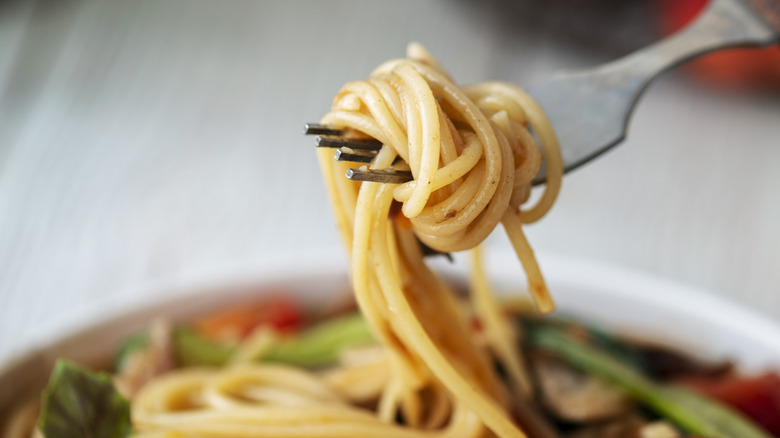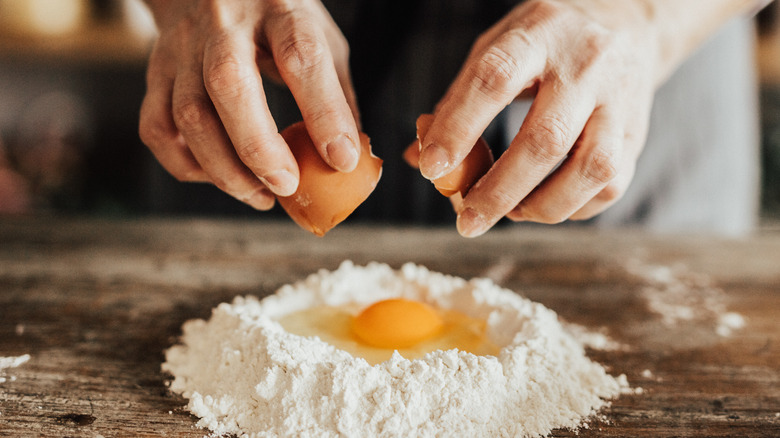The Starchy Difference Between Dried Pasta In Italy And America
Greetings, pasta enthusiasts! Are you curious about the contrasts in taste between Italy's dried pasta and the starchy boxed noodles found in our American kitchens? Italy, oh Italy, where the bar is set high when it comes to boxed noodles. The secret weapon? Semolina flour. Italian pasta is often made entirely from this protein-rich gem, which is derived from ground durum wheat and blesses the noodles with incredible resilience during cooking. The pasta produced elsewhere may use less semolina. And hey, let's not overlook American options like Trader Joe's red lentil-based Sedanini, which strays from the traditional semolina path. (Fear not, fellow foodies, for there's a noodle out there to cater to every palate.)
Now, let's shift our focus to the realm of commercial brands, where convenience tends to reign supreme. Supply chain demands can lead to shortcuts like quick-drying noodles. However, the Martelli family, artisans from Lary, Italy, have chosen a different path, spending up to a whopping 50 hours in the drying process. On the flip side, the commercial giant Barilla opts for shorter drying times. For instance, the process lasts as long as 12 hours at one plant. Ah, the never-ending debate on drying times — it's a topic that can only be settled by a delightful taste test.
Semolina can also help you create the perfect sauce
Now that we've unraveled the secrets of exceptional pasta noodles, let's take a look at how one of the defining characteristics of Italian pasta — the use of semolina, can also make a difference in your pasta sauce. Brace yourselves for a saucy revelation.
Picture this: you are boiling a pot of water for your pasta. Now, before you add the noodles, sprinkle in a dash of semolina flour. Yes, you heard us right! This trick, straight from the pasta gods themselves, elevates the starchiness to an unparalleled level. As the pasta cooks, the semolina flour releases its starch into the water, transforming it into a thick, starchy elixir that holds the key to saucy success.
But the magic doesn't stop there. When your pasta reaches its perfect al dente state, resist the urge to drain it immediately. Instead, reserve a few spoonfuls of the semolina-infused water and add it to your pan of pasta and sauce. Brace yourself for the alchemical transformation that follows. The extra starch in the water binds the sauce ingredients together, yielding a velvety texture reminiscent of those heavenly sauces you find in top-notch restaurants.
Our pro sauce tips really penne-down the differences to having the perfect bite. So, grab your apron, sharpen your culinary skills, and get ready to create pasta masterpieces. And if you are having trouble picking the perfect noodle? Check out our guide to pasta shapes next.

